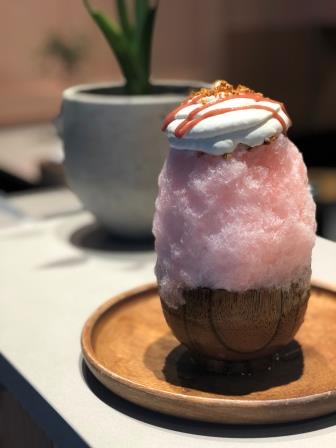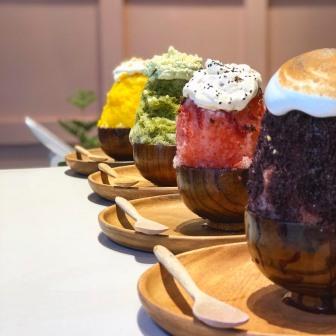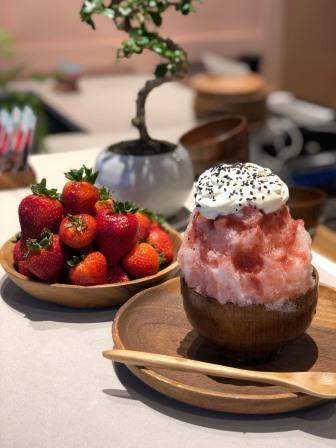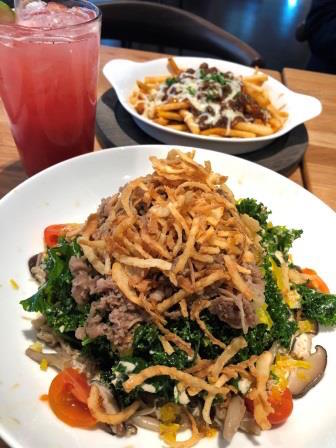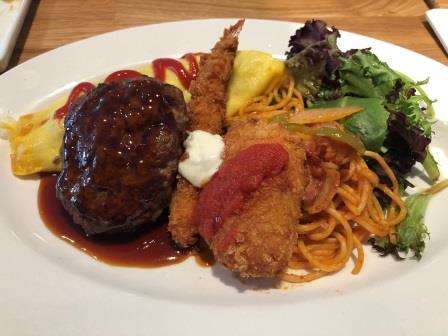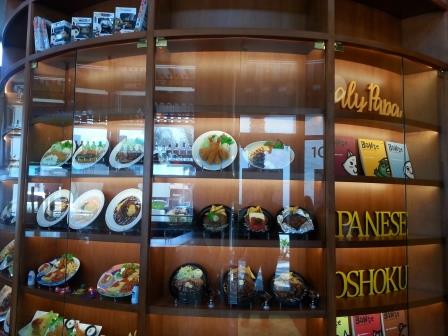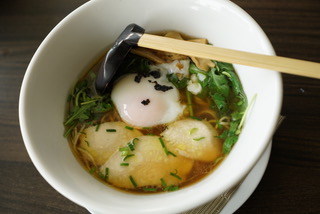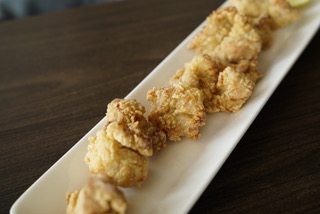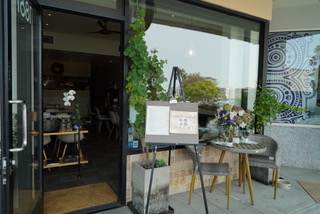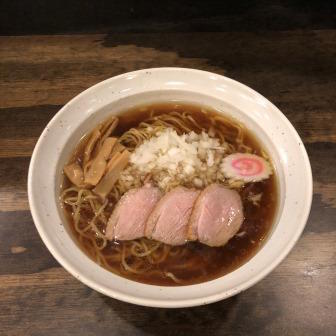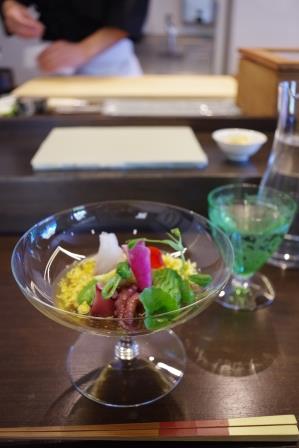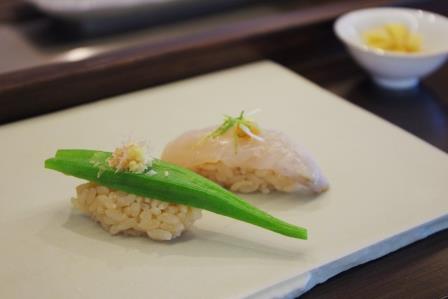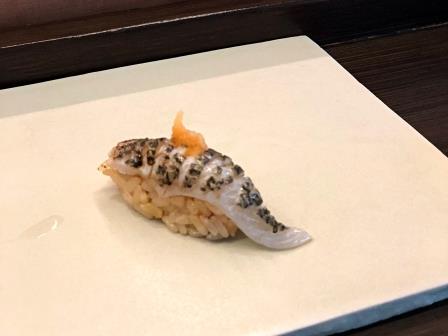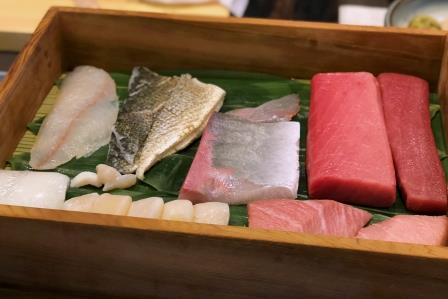Let’s Toast with Sake & Shochu Cocktails!
By Yuji Matsumoto
It would be a waste to enjoy distilled liquor, honkaku shochu and boutique sake as cocktails. While drinking them straight will not necessarily expand the flavors nor add body, sake with the distinct rice odor can be surprisingly delicious as cocktails when mixed with fruits and / or syrup. I of course highly recommend enjoying mellow and full-bodied distilled liquor such as honkaku shochu on-the-rocks, while continuously distilled shochu, known as white liquor (distilled alcohol used for plum wine, etc.) with no taste or smell, is most suitable as cocktails.
In this issue, we introduce sake and shochu cocktails you can easily make at home.
Nigori sake with peach juice
3 oz. Nigori sake
1 oz. Peach Juice
0.5 oz. Peach Syrup
Stir the above ingredients with ice and pour into a chilled martini glass.
This pink cocktail is visually appealing to ladies.
Sake pomegranate martini
2 oz. Sake
1 oz. Shochu
1 oz. Pomegranate Juice
0.5 oz. Pomegranate Syrup
Mix the above ingredients with ice into a shaker and shake well. Pour into a chilled martini glass. This distinctly acidic and bitter pomegranate cocktail is for grownups.
Shochu grapefruit mojito
2 oz. Shochu
1 oz. Sake
0.5 oz. Salt-Free Yuzu Juice
3 oz. Grapefruit Juice
7~8 Mint Leaves
0.5 oz.
Syrup (2 Sugar : 1 Hot Water. Mix until completely dissolved, then cool to room temperature)
Mix the above ingredients together and mash the mint leaves with a muddler. Mix in ice and pour into a glass with club soda.
This distinct citrus concoction of yuzu, grapefruit and mint leaves is refreshing. Beware for it’s easy to keep drinking.
日本酒・焼酎カクテルで乾杯!
単式蒸留(本格焼酎)や高級地酒をカクテルとして使うにはもったいないが、単独で飲んであまり味のふくらみやコクのないもの、または日本酒独特の米臭さのあるものは、フルーツやシロップを入れカクテルにすると意外な美味しさを演出してくれるものである。また、本格焼酎などの単式蒸留で造った芳醇で旨み、コクのあるものは、もちろんロックで楽しんでいただきたいが、無味無臭の、いわゆるホワイトリカー(梅酒などに使う蒸留酒)と呼ばれる連続式蒸留の焼酎は、カクテルとして適している。
今回は、家庭でも簡単にできる日本酒と焼酎のカクテルを紹介しよう。
にごり酒とピーチジュース
3oz. にごり酒
1oz. ピーチジュース
0.5oz. ピーチシロップ
上記の材料と氷を混ぜ、良く冷やしたマティーニグラス注ぐ。
見た目もピンクで女性うけするカクテル。
日本酒のザクロマティーニ
2 oz. 日本酒
1 oz. 焼酎
1 oz. ザクロジュース
0.5 oz. ザクロシロップ
上記の材料と氷を入れ、シェイカーで良く振る。良く冷やしたマティーニグラスに注ぐ。ザクロの独特の酸味と苦味がある大人向きのカクテル。
焼酎グレープフルーツモヒート
2oz. 焼酎
1 oz. 日本酒
0.6 oz. 無塩ユズジュース
3 oz. グレープフルーツジュース
7~8 ミント葉
0.5 oz. シロップ(砂糖2に対してお湯1の割合。完全に溶けるまで混ぜ、常温になるまで冷ますこと)
上記材料を入れ、マドラーでミントをすり潰す。氷を入れ、グラスに注ぎ、クラブソーダで割る。ユズとグレープフルーツ、ミントのさわやかな香りが特徴。ついつい飲みすぎてしまうので注意が必要。
It would be a waste to enjoy distilled liquor, honkaku shochu and boutique sake as cocktails. While drinking them straight will not necessarily expand the flavors nor add body, sake with the distinct rice odor can be surprisingly delicious as cocktails when mixed with fruits and / or syrup. I of course highly recommend enjoying mellow and full-bodied distilled liquor such as honkaku shochu on-the-rocks, while continuously distilled shochu, known as white liquor (distilled alcohol used for plum wine, etc.) with no taste or smell, is most suitable as cocktails.
In this issue, we introduce sake and shochu cocktails you can easily make at home.
Nigori sake with peach juice
3 oz. Nigori sake
1 oz. Peach Juice
0.5 oz. Peach Syrup
Stir the above ingredients with ice and pour into a chilled martini glass.
This pink cocktail is visually appealing to ladies.
Sake pomegranate martini
2 oz. Sake
1 oz. Shochu
1 oz. Pomegranate Juice
0.5 oz. Pomegranate Syrup
Mix the above ingredients with ice into a shaker and shake well. Pour into a chilled martini glass. This distinctly acidic and bitter pomegranate cocktail is for grownups.
Shochu grapefruit mojito
2 oz. Shochu
1 oz. Sake
0.5 oz. Salt-Free Yuzu Juice
3 oz. Grapefruit Juice
7~8 Mint Leaves
0.5 oz.
Syrup (2 Sugar : 1 Hot Water. Mix until completely dissolved, then cool to room temperature)
Mix the above ingredients together and mash the mint leaves with a muddler. Mix in ice and pour into a glass with club soda.
This distinct citrus concoction of yuzu, grapefruit and mint leaves is refreshing. Beware for it’s easy to keep drinking.
日本酒・焼酎カクテルで乾杯!
単式蒸留(本格焼酎)や高級地酒をカクテルとして使うにはもったいないが、単独で飲んであまり味のふくらみやコクのないもの、または日本酒独特の米臭さのあるものは、フルーツやシロップを入れカクテルにすると意外な美味しさを演出してくれるものである。また、本格焼酎などの単式蒸留で造った芳醇で旨み、コクのあるものは、もちろんロックで楽しんでいただきたいが、無味無臭の、いわゆるホワイトリカー(梅酒などに使う蒸留酒)と呼ばれる連続式蒸留の焼酎は、カクテルとして適している。
今回は、家庭でも簡単にできる日本酒と焼酎のカクテルを紹介しよう。
にごり酒とピーチジュース
3oz. にごり酒
1oz. ピーチジュース
0.5oz. ピーチシロップ
上記の材料と氷を混ぜ、良く冷やしたマティーニグラス注ぐ。
見た目もピンクで女性うけするカクテル。
日本酒のザクロマティーニ
2 oz. 日本酒
1 oz. 焼酎
1 oz. ザクロジュース
0.5 oz. ザクロシロップ
上記の材料と氷を入れ、シェイカーで良く振る。良く冷やしたマティーニグラスに注ぐ。ザクロの独特の酸味と苦味がある大人向きのカクテル。
焼酎グレープフルーツモヒート
2oz. 焼酎
1 oz. 日本酒
0.6 oz. 無塩ユズジュース
3 oz. グレープフルーツジュース
7~8 ミント葉
0.5 oz. シロップ(砂糖2に対してお湯1の割合。完全に溶けるまで混ぜ、常温になるまで冷ますこと)
上記材料を入れ、マドラーでミントをすり潰す。氷を入れ、グラスに注ぎ、クラブソーダで割る。ユズとグレープフルーツ、ミントのさわやかな香りが特徴。ついつい飲みすぎてしまうので注意が必要。







